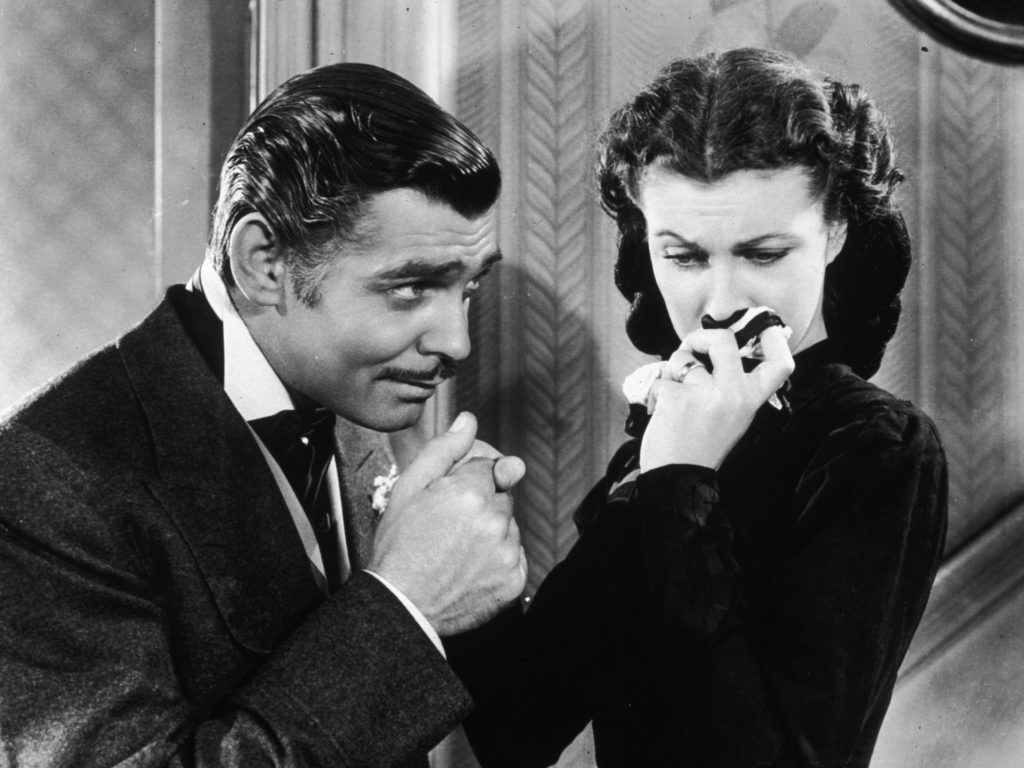Far from the battle lines, [Atlanta] and its railroads provided the connecting link between the two armies of the Confederacy, the army in Virginia and the army in Tennessee and the West. And Atlanta likewise linked both of the armies with the deeper South from which they drew their supplies.
Margaret Mitchell, Gone with the Wind.
On 15 December 1791, Virginia ratified the Bill of Rights and it became US law. On 15 December 1939, Gone with the Wind premiered at Loew’s Grand Theatre in Atlanta.
The midpoint was 1865, the year the Civil War ended and President Lincoln was assassinated.
A year before, over 15 and 16 December 1864, the armies fought out the Battle of Nashville, part of the Franklin-Nashville Campaign which saw the end of the Confederate Army of Tennessee. Rhett Butler fought in the earlier Battle of Franklin. As he told Scarlett in the book:
And after I offered up myself for my country and fought barefooted in the snow at Franklin and got the finest case of dysentery you ever heard of for my pains!
The Civil War overshadowed but did not extinguish other American engagements, such as the 1864 Battle of the Badlands, where the Lakota were led by Sitting Bull. The Battle of Little Bighorn was still a dozen years away.
Anton Dvorak had expressed interest in both Native American music and African-American spirituals. Of the latter, he had said:
I am convinced that the future music of this country must be founded on what are called Negro melodies. These can be the foundation of a serious and original school of composition, to be developed in the United States. These beautiful and varied themes are the product of the soil. They are the folk songs of America and your composers must turn to them.
Of the former, his view was published in the New York Herald:
I have not actually used any of the [Native American] melodies. I have simply written original themes embodying the peculiarities of the Indian music, and, using these themes as subjects, have developed them with all the resources of modern rhythms, counterpoint, and orchestral colour.
The view was published on 15 December 1893, the day the New World Symphony first played to a public at an afternoon rehearsal at Carnegie Hall. It was three years to the day after Sitting Bull was shot dead while being seized from his reservation.
